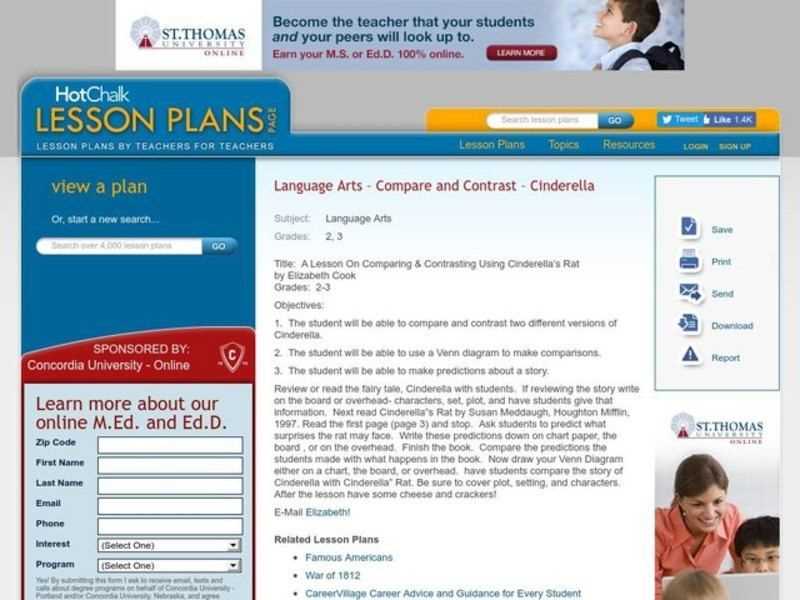
Media bias has become an increasingly prevalent issue in today’s society. With the rise of social media and the rapid spread of information, it is crucial for individuals to be able to critically analyze and decipher the bias that may be present in the media they consume. In this lesson, students will learn how to examine media websites to identify and understand the various forms of bias that can be present.
The first step in decoding media bias is to familiarize oneself with the different types of bias that exist. These may include political bias, commercial bias, sensationalism, and omission of relevant information. By understanding these biases, students will be better equipped to assess the credibility and reliability of a media source.
During this lesson, students will be provided with a handout that outlines key questions and prompts to guide their analysis of media websites. They will learn how to identify the language and tone used in articles and headlines, the sources cited, and any potential conflicts of interest that may be present. Through this process, students will gain a deeper understanding of how bias can influence the presentation of news and information.
Understanding Media Bias: A Guide to Decoding News
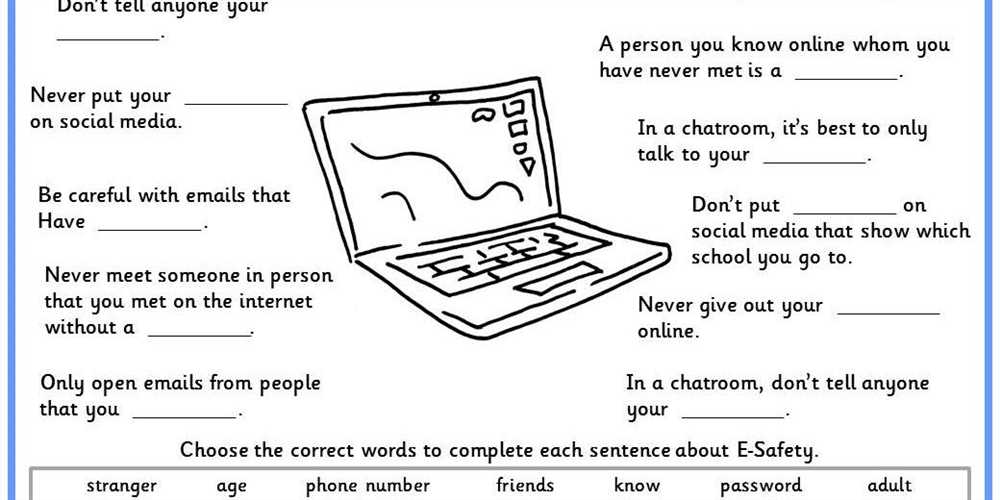
Media bias is a prevalent issue in today’s world, where news is consumed and shared at an unprecedented rate. In order to navigate this vast sea of information, it is crucial for individuals to develop the skills required to decode media bias. By understanding the various types of bias and being able to discern them in news articles, we can become more informed and critical consumers of news.
Types of Media Bias
- Political Bias: This type of bias occurs when news organizations present information in a way that aligns with a particular political ideology. It can be evident in the selection of stories covered, the framing of those stories, and the inclusion or exclusion of certain perspectives.
- Confirmation Bias: Confirmation bias refers to the tendency to seek out and believe information that confirms our preexisting beliefs. In news reporting, this bias can manifest in the selection and interpretation of facts in a way that supports a particular narrative.
- Sensationalism: Sensationalism occurs when news organizations prioritize eye-catching headlines and provocative stories over accurate and balanced reporting. This bias can lead to the distortion of facts and the manipulation of emotions, ultimately shaping public perception.
- Corporate Bias: Corporate bias arises when news organizations are influenced by the interests and agendas of their corporate owners or sponsors. This bias can impact the stories covered, the depth of coverage, and the prioritization of certain issues over others.
Decoding News: Tips and Strategies
- Fact-Check: Always fact-check the information presented in news articles. Look for multiple reliable sources to verify the accuracy of the claims made.
- Diverse Sources: Seek out news from diverse sources that represent different political perspectives. This will help provide a more balanced view and prevent falling into an echo chamber.
- Question the Framing: Pay attention to how a news story is framed and presented. Is the information presented in a way that is fair and unbiased, or does it seem to push a particular agenda?
- Consider the Missing Voices: Take note of whose perspectives are included or excluded in a news story. Are all sides of the issue being represented, or is there a bias in favor of one particular viewpoint?
- Be Aware of Sensationalism: Keep in mind that sensationalized headlines and stories often prioritize entertainment value over factual accuracy. Look for news articles that provide a balanced and evidence-based analysis.
By understanding the different types of bias and using critical thinking skills, we can become more discerning consumers of news. By questioning what we read and seeking out diverse perspectives, we can gain a more comprehensive understanding of complex issues. Media bias should not discourage us from engaging with news; instead, it should motivate us to be proactive in our quest for truth and understanding.
Media Bias: What is it and Why is it Important?
Media bias refers to the systematic favoritism or prejudice in the way news outlets and journalists cover certain topics or events. It occurs when journalists or news organizations selectively present information in a way that influences public opinion or supports a particular political agenda. Media bias can take many forms, such as skewed reporting, omission of relevant facts, sensationalism, or the use of loaded language.
Understanding and identifying media bias is important because it allows individuals to critically evaluate the information they consume and make informed decisions. In a society where media plays a significant role in shaping public opinion, it is crucial to have access to unbiased and objective reporting to maintain a healthy democracy. Being aware of media bias helps people recognize potential manipulation and seek out diverse perspectives.
Types of Media Bias:
- Political Bias: This occurs when a news outlet or journalist favors one political party or ideology over others. It can result in the misrepresentation or distortion of opposing viewpoints.
- Confirmation Bias: This refers to the tendency of individuals to seek out and interpret information that confirms their existing beliefs or biases. News outlets may cater to this bias by selectively presenting information that aligns with their audience’s preconceptions.
- Sensationalism: Sensationalist reporting focuses on dramatic or provocative elements of an event rather than providing a balanced and nuanced perspective. It aims to capture attention and boost ratings, often at the expense of accuracy and objectivity.
- Corporate Bias: Media outlets that are owned by large corporations or have financial ties to certain industries may prioritize their interests over unbiased reporting. This bias can occur in the form of biased coverage or the omission of stories that conflict with corporate agendas.
Recognizing media bias requires diligent fact-checking, cross-referencing multiple sources, and seeking out diverse perspectives. By doing so, individuals can make well-informed decisions and contribute to a more balanced and accountable media landscape.
Handout 1: Tools for Analyzing Media Bias
In order to critically analyze media bias, it is essential to have a set of tools that can help us navigate through the plethora of information available. By using these tools, we can develop a more nuanced understanding of the media landscape and make informed decisions about the information we consume. Here are some key tools for analyzing media bias:
1. Fact-checking
Fact-checking is an important tool for verifying the accuracy of information presented in the media. By cross-referencing the claims made by a news article or report with reliable sources, we can assess the credibility of the information and identify any potential biases. Fact-checking websites such as Snopes, FactCheck.org, and PolitiFact can provide valuable insights into the veracity of claims made by media outlets.
2. Analyzing language and framing
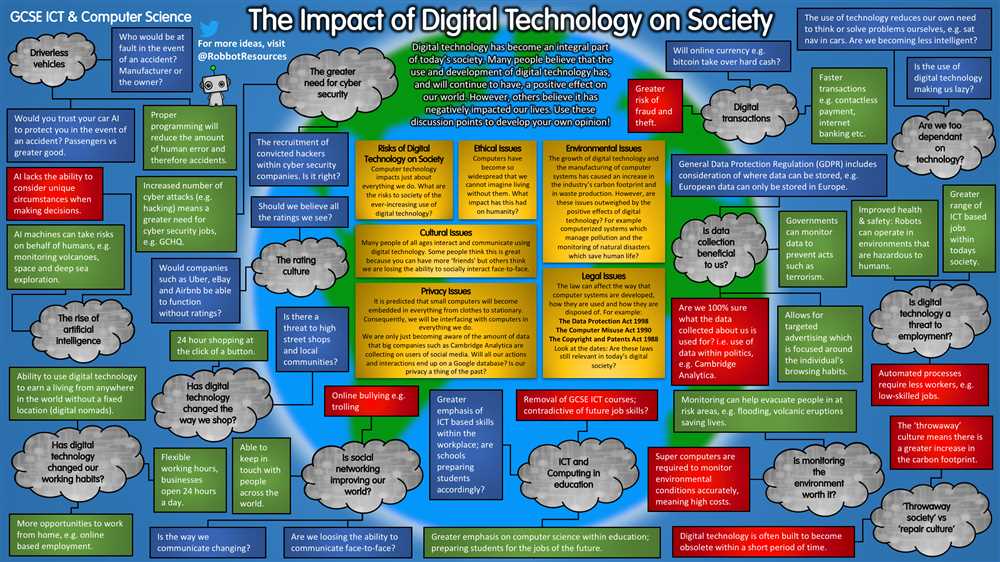
The language used in news articles and reports can reveal subtle biases or frames that shape the narrative. Paying attention to the choice of words, adjectives, and adverbs can provide insight into the underlying perspective of the media outlet. Additionally, analyzing how issues are framed, such as through the selection of quotes or the positioning of certain information, can help uncover potential biases.
3. Diversity of sources
Examining the diversity of sources cited in a news article or report is crucial for assessing media bias. A balanced and comprehensive analysis should include perspectives from a range of sources, representing different viewpoints and backgrounds. If a media outlet consistently relies on a narrow set of sources, it may indicate a bias towards a particular narrative or agenda.
4. Recognizing opinion vs. fact
Distinguishing between opinion and fact is vital in understanding media bias. While opinion pieces have their place, it is crucial to separate subjective analysis from objective reporting. Fact-based reporting should rely on verifiable evidence and present information in a neutral and unbiased manner, while opinion pieces are more subjective and reflect the author’s personal perspective.
5. Checking for cherry-picking and omissions
Media bias can also manifest through cherry-picking of information or deliberate omissions. By examining whether all relevant information is presented and considering the context in which it is presented, it is possible to identify potential biases. This includes taking note of any crucial facts or perspectives that may be omitted in order to shape a particular narrative.
By employing these tools, we can become more discerning consumers of media and better able to identify and understand media bias. Ultimately, the goal is to engage critically with the information we encounter and form our own well-informed opinions.
Step-by-Step Guide on How to Examine Media Websites for Bias
Examining media websites for bias is an important skill in today’s information age. With the abundance of news sources available online, it is crucial to be able to critically analyze and evaluate the information we consume. Here is a step-by-step guide on how to examine media websites for bias.
Step 1: Identify the Source
The first step in examining a media website for bias is to identify the source. Look for the website’s “About” or “Contact” page to gather information about who owns and operates the site. Take note of any affiliations or biases that the source may have, such as political or corporate ties. This will provide important context for understanding their potential bias.
Step 2: Analyze the Language and Tone
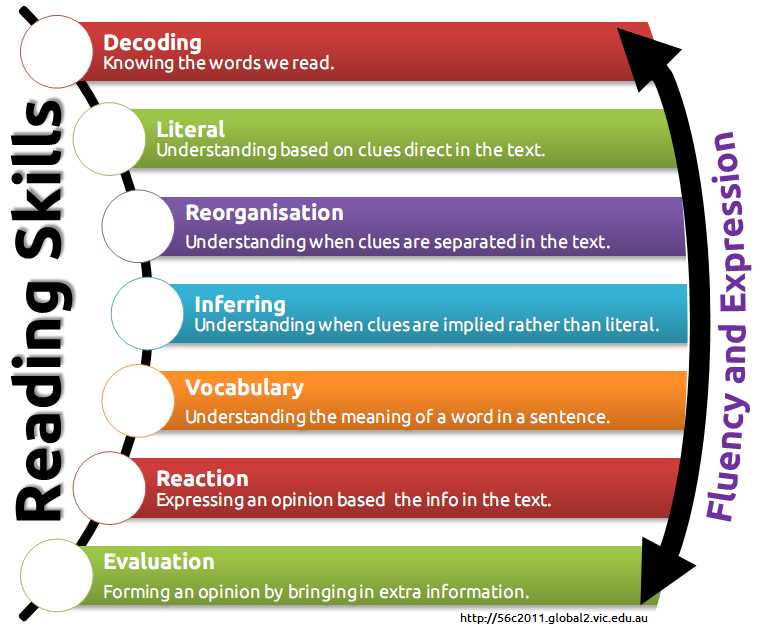
Once you have identified the source, analyze the language and tone used in the articles and headlines. Pay attention to the use of loaded or emotional language, as this can indicate bias. Look for any sensationalized or exaggerated claims that may be used to manipulate readers’ opinions. Additionally, consider the overall tone of the website – is it consistently biased towards a particular viewpoint?
Step 3: Check for Balance and Diversity
Another important aspect to examine is the balance and diversity of viewpoints presented on the media website. Look for articles that offer multiple perspectives on a given issue. Is the website inclusive of different voices and opinions, or does it predominantly favor one side? A balanced and diverse media website will provide a more nuanced and comprehensive understanding of a topic.
Step 4: Evaluate the Use of Sources
When examining a media website, it is crucial to evaluate the use of sources in their articles. Look for credible and reliable sources that are used to support the claims made. Assess whether the website relies on primary sources or if it heavily relies on opinion pieces or anonymous sources. An overreliance on biased or unreliable sources can indicate a lack of journalistic integrity.
Step 5: Cross-Reference with Other Sources
The final step in examining a media website for bias is to cross-reference the information with other sources. Compare how the website covers a particular story or issue with reputable and well-established news outlets. This will help you gain a broader perspective and identify any potential biases or inconsistencies in the coverage.
By following this step-by-step guide, you will be able to effectively examine media websites for bias. This critical thinking skill is essential in navigating the complex media landscape and ensuring that the information we consume is accurate, credible, and unbiased.
Media Website Examination: Analyzing Bias in Real-Time
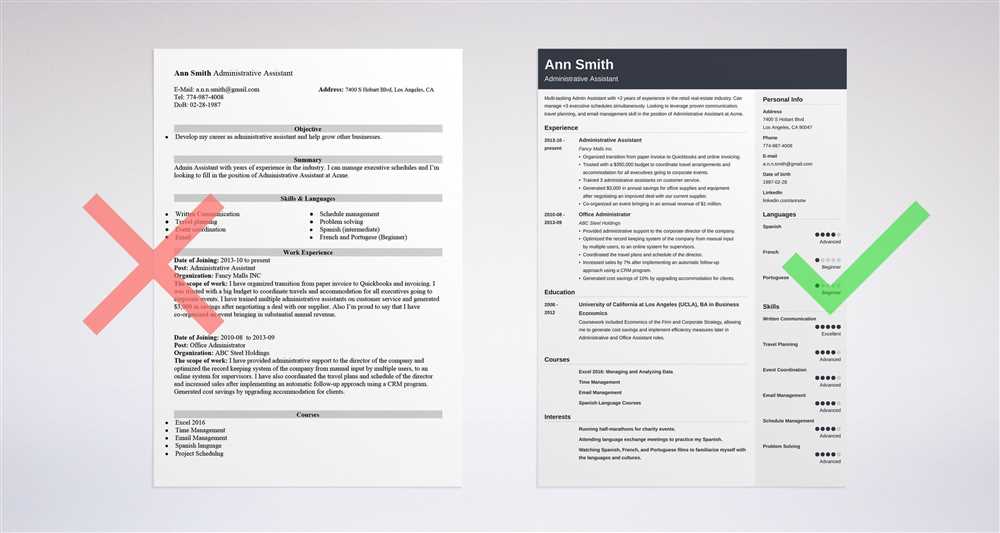
Media bias is a pervasive issue in today’s society, where news outlets and websites often present information in a way that favors a particular political or ideological agenda. To better understand and analyze this bias, it is crucial to examine media websites in real-time, critically evaluating the content and presentation of news articles.
Identifying Bias: When examining media websites, it is important to be aware of the various forms of bias that can exist. These may include political bias, where information is presented to favor a specific political party or ideology, or cultural bias, where certain cultural perspectives are prioritized over others. By carefully analyzing the language, tone, and sources used in news articles, one can begin to identify and assess the presence of bias.
Language and Tone: The language and tone used in news articles can play a significant role in conveying bias. Pay attention to the use of loaded language, exaggeration, or emotional appeals that may sway readers’ opinions. Additionally, the tone of the article, such as an overly positive or negative portrayal of certain individuals or events, can also indicate bias. By examining these elements, one can gain insights into the underlying agenda behind the article’s presentation.
Sources and Reporting: Another crucial aspect to consider when analyzing media websites is the use of sources and the quality of reporting. Look for diverse sources that provide a balanced perspective on the topic at hand. Additionally, assess whether the reporting is thorough, objective, and based on verified facts. Biased reporting often relies on selective sources or cherry-picked data that supports a particular narrative. By scrutinizing the sources and reporting methods, one can evaluate the credibility of the website and the potential bias of its content.
Conclusion: Analyzing bias in media websites requires a critical eye and an understanding of the various forms of bias that exist. By examining language and tone, sources and reporting, readers can gain a deeper insight into the potential bias present in the news articles they consume. It is important to approach media consumption with a discerning mindset, seeking out multiple perspectives and relying on trusted sources for a more balanced understanding of the world.